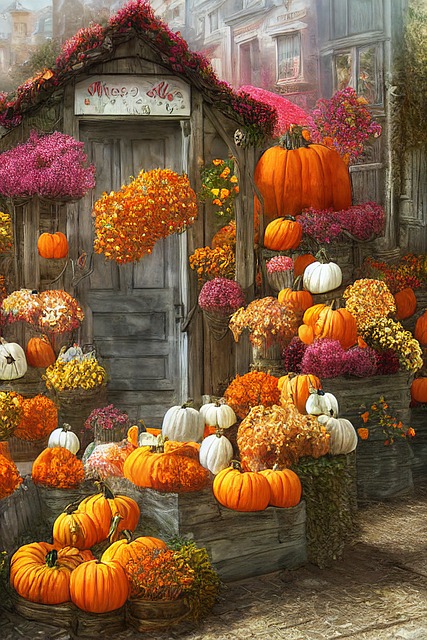Section 1: The Evolution of AI Art
Since the advent of artificial intelligence (AI), the technology has been rapidly advancing and making its way into various industries. One of the most intriguing and controversial areas where AI is making a significant impact is in the world of art. While many may think of AI as a tool for automation and efficiency, it is also being used to create art in various forms, including writing. This new form of AI-generated art is raising questions about the role of technology in the creative process and its impact on the future of writing.
Section 2: Understanding AI Art
AI art is a broad term that encompasses any form of art created with the use of artificial intelligence. This can include music, visual art, and even writing. In the case of writing, AI algorithms are trained on vast amounts of data, such as books, articles, and other written material, to learn the patterns and structures of language. This allows the AI to generate original content that mimics human writing in terms of style, tone, and syntax. Some AI writing programs even have the ability to learn and adapt to feedback, making their writing more sophisticated and human-like over time.
Section 3: The Impact on Writing
The rise of AI art in writing has sparked a debate among writers and literary experts. On one hand, some argue that AI-generated writing is not true creativity as it is simply mimicking what has already been written. They believe that true art comes from the human mind and soul, and AI can never replicate that. On the other hand, proponents of AI art argue that it is a new form of creativity and should be embraced as a tool for writers to enhance their work. They believe that AI can assist writers in generating new ideas, breaking through writer’s block, and even improving the quality of their writing.
One of the most significant impacts of AI art on writing is the potential to increase efficiency and productivity. With the help of AI, writers can generate content at a much faster rate, freeing up time to focus on other aspects of the writing process. This can be especially beneficial for content creators who need to produce a large volume of work in a short amount of time. Additionally, AI can assist in tasks such as proofreading and editing, reducing the time and effort required for these tasks.
Another impact of AI art on writing is the potential for new and innovative ideas. AI algorithms can analyze vast amounts of data and identify patterns and connections that a human mind may not have noticed. This can lead to the creation of unique and original content that may have never been thought of before. AI can also assist in generating new plot ideas, character development, and even dialogue, providing writers with a fresh perspective and inspiration.
However, one of the biggest concerns surrounding AI art in writing is the fear of it replacing human writers. Many writers worry that AI-generated content will become the new norm, and human writers will become obsolete. While AI can certainly assist in the writing process, it cannot replace the human touch and emotion that goes into creating a piece of writing. The human experience and creativity cannot be replicated by machines, and it is this unique perspective that makes writing so powerful and relatable.
In conclusion, AI art is undoubtedly making an impact on the world of writing. While it may not be able to replace the human mind and soul in the creative process, it can certainly enhance and assist in various aspects of writing. As with any new technology, there will always be debates and concerns, but it is essential to embrace and explore the possibilities that AI art can bring to the world of writing. Who knows, with the help of AI, we may discover new forms of creativity and push the boundaries of what we thought was possible in the world of writing.










